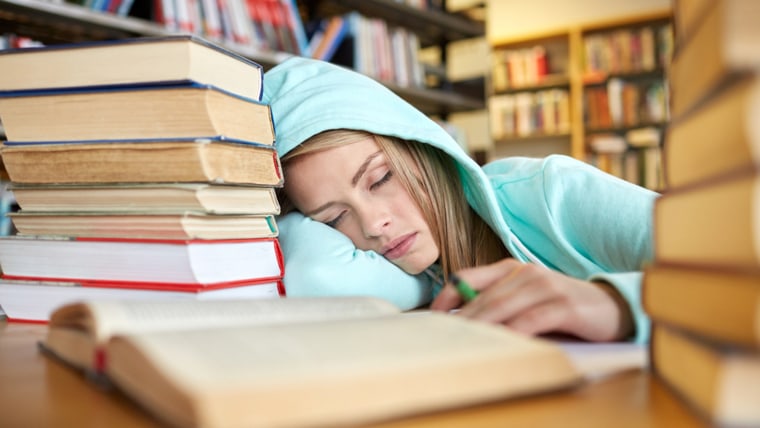It's back-to-school time, and that means a return to early hours for students who've enjoyed a sleepy summer. But according to experts, it shouldn't mean that at all.
They say it's not the kids who need to adjust to their school start times — schools need to adjust start times to the kids.
In an article published in the "Learning, Media and Technology" journal, researchers from Oxford and Harvard studied how those standard early hours negatively impact children whose natural sleep patterns don't match up.
As a result, they determined what time kids and teens should really start their days.
For 10-year-olds, the ideal school day should kick off around 8 a.m. For 16-year-olds, between 10 a.m. and 10:30 would work best. And as for 18-year-olds, they shouldn't hit the books until some time between 11 a.m. and 11:30 a.m.
That means all of those tired teens who've hit the snooze button a few times too many aren't really lazy; their biological sleep rhythms are simply out of sync with their schedules.

And that's too bad, according to the study. Evidence suggests that students wouldn't just feel more awake with those later hours — their moods would likely improve, as would their studies.
Since 2014, the American Academy of Pediatrics has recommended that high schools should start the academic day at "8:30 a.m. or later." But that's still not the case for the vast majority of high schools in the U.S.